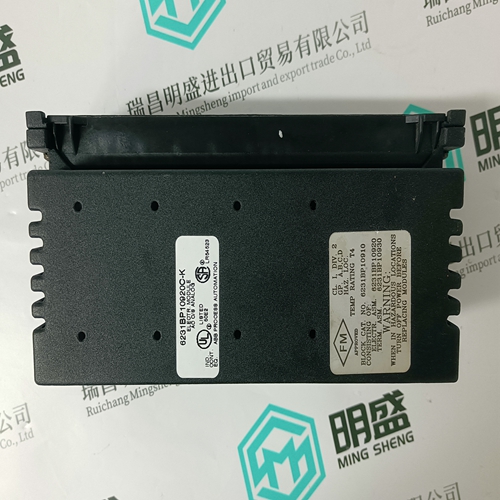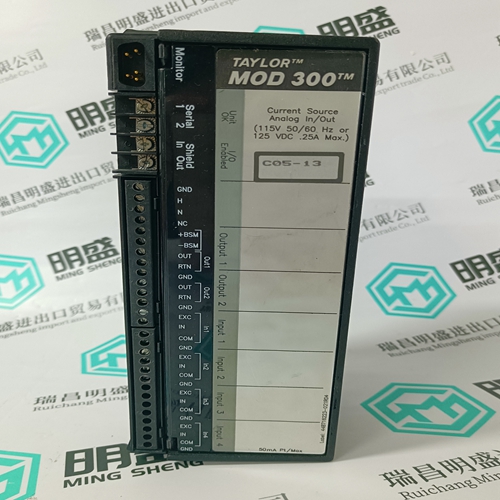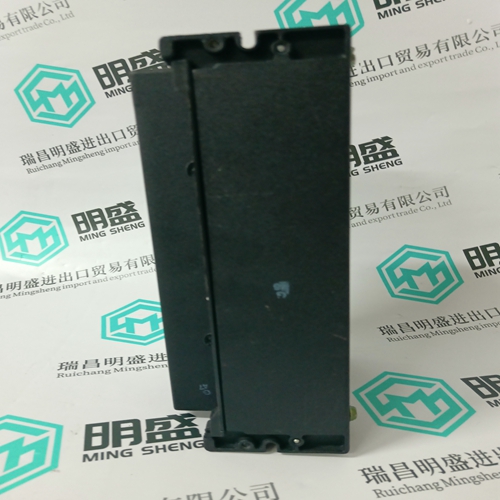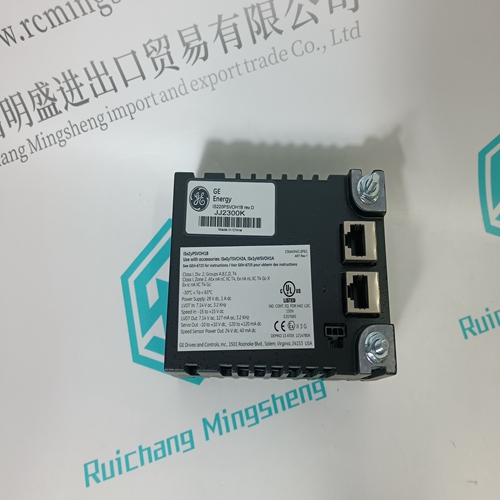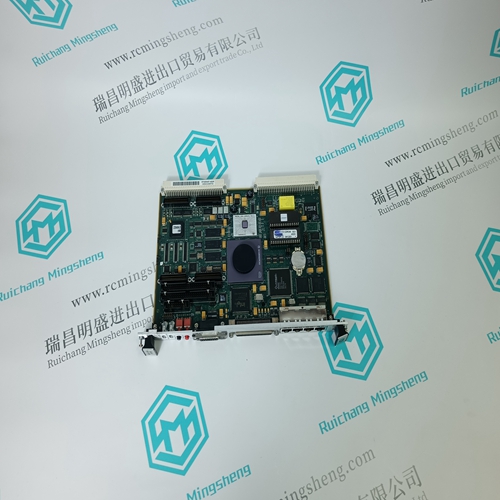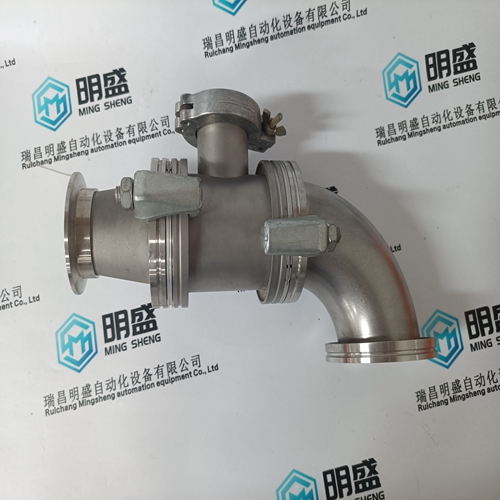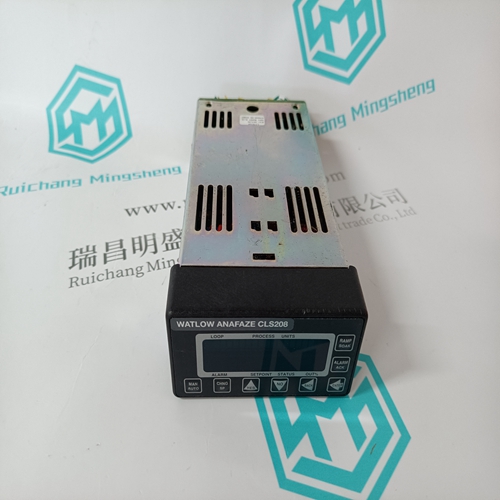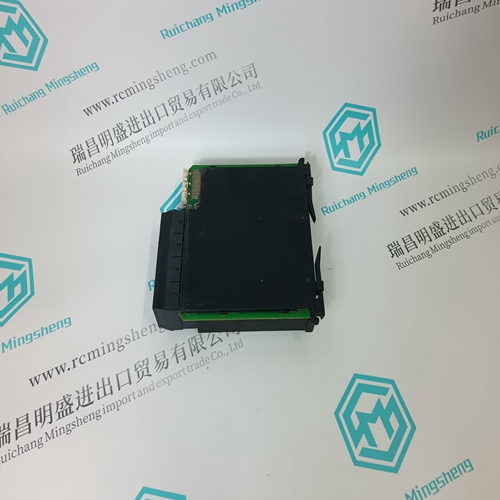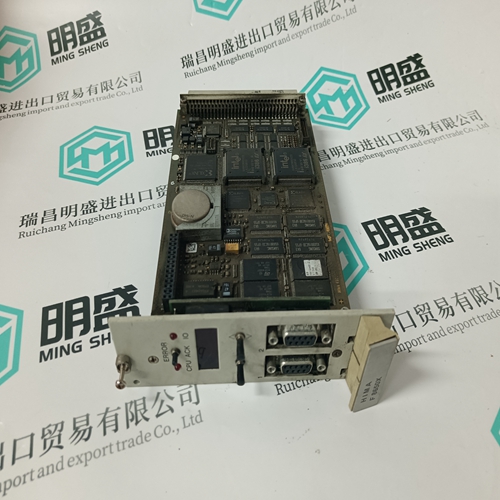Home > Product > Gas turbine system > IC660BBA104 6231BP10910 Ladder logic module
IC660BBA104 6231BP10910 Ladder logic module
- Product ID: IC660BBA104 6231BP10910
- Brand: GE
- Place of origin: the United States
- Goods status: new/used
- Delivery date: stock
- The quality assurance period: 365 days
- Phone/WhatsApp/WeChat:+86 15270269218
- Email:stodcdcs@gmail.com
- Tags:IC660BBA104 6231BP10910Ladder logic module
- Get the latest price:Click to consult
The main products
Spare parts spare parts, the DCS control system of PLC system and the robot system spare parts,
Brand advantage: Allen Bradley, BentlyNevada, ABB, Emerson Ovation, Honeywell DCS, Rockwell ICS Triplex, FOXBORO, Schneider PLC, GE Fanuc, Motorola, HIMA, TRICONEX, Prosoft etc. Various kinds of imported industrial parts
IC660BBA104 6231BP10910 Ladder logic module
PHASE OVERCURRENT DELAY: If the average (or maximum, see below) phase current equals or exceeds the PHASE OVERCURRENT LEVEL setpoint value and remains this way for the time delay programmed in this setpoint, a phase overcurrent condition will occur. • PHASE OVERCURRENT ACTIVATION: The Phase Overcurrent function can use either the average phase current or the maximum of the three phase currents. This setpoint determines which is used. • NEUTRAL OVERCURRENT RELAY: Neutral overcurrent can be disabled, used as an alarm, or used as a process control. Set this setpoint to “Off” if the feature is not required. Selecting “Alarm” activates the alarm relay and displays an alarm message whenever a neutral overcurrent condition exists. Selecting an auxiliary relay activates the auxiliary relay for a neutral overcurrent condition but no message will be displayed. This is intended for process control. • NEUTRAL OVERCURRENT LEVEL: When the neutral current equals or exceeds the level set by this setpoint, a neutral overcurrent condition will occur. • NEUTRAL OVERCURRENT DELAY: If the neutral current greater than or equal to the NEUTRAL OVERCURRENT LEVEL setpoint value for the time delay programmed in this setpoint, a neutral overcurrent condition will occur.
UNDERVOLTAGE RELAY
Undervoltage can either be disabled, used as an alarm, or as a process control. Set this setpoint to “Off” if the feature is not required. Selecting “Alarm” activates the alarm relay and displays an alarm message whenever an undervoltage condition exists. Selecting an auxiliary relay activates the auxiliary relay for an undervoltage condition but no message will be displayed. This is intended for process control. • UNDERVOLTAGE LEVEL: When the voltage on one, two, or three phases drops to or below this level, an undervoltage condition occurs. The required number of phases is determined by the PHASES REQUIRED FOR U/V OPERATION setpoint. To clear the undervoltage condition, the level must increase to 103% of the UNDERVOLTAGE LEVEL setting. For example, if the UNDERVOLTAGE LEVEL is “4000 V”, the condition clears when the voltage in the appropriate phase(s) increases above 4120 V (4000 × 1.03). This hysteresis is implemented to avoid nuisance alarms due to voltage fluctuations. • UNDERVOLTAGE DELAY: If the voltage drops to or below the UNDERVOLTAGE LEVEL setpoint value and remains this way for the time delay programmed in this setpoint, an undervoltage condition will occur.
